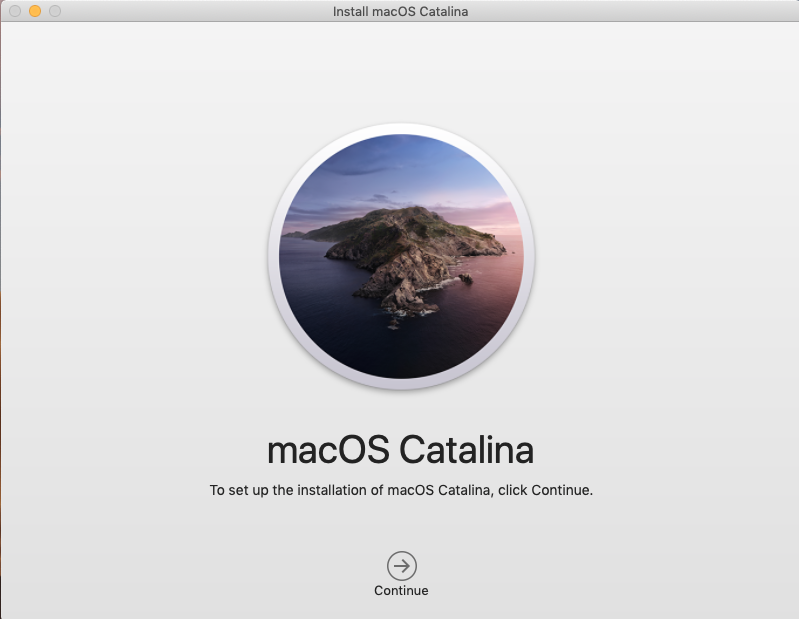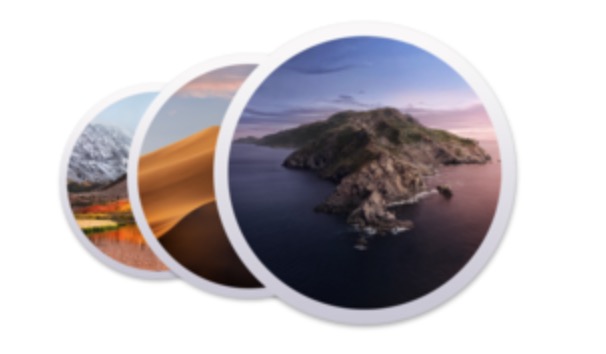Whether you want to create macOS High Sierra ISO file for installing macOS High Sierra on VMware or installing macOS High Sierra on VirtualBox or any other reason, we’ve completely made it ready to do. While there are two methods to install macOS High Sierra on Windows, first install macOS High Sierra on VMware and next install macOS High Sierra on VirtualBox. We’ve also provided macOS High Sierra DMG file. Now these two ways split into two other ways to install High Sierra on Windows.
High Sierra is out. Now it’s time to install it on anything but a Mac. The first rig I got to run High Sierra is this cute and tiny silver build with an ASUS motherboard. High Sierra adds some pretty useful features like a log out button. The only downside I’ve noticed so far is that the screen waking can be a little slower then on Sierra. If you never built a hackintosh check out our list. The macOS High Sierra 10.13.6 Update adds AirPlay 2 multiroom audio support for iTunes and improves the stability and security of your Mac. This update is recommended for all users. Update May 2020: ARCH umlutilities may need to be installed in the following way: # ARCH ONLY # the current version of umlutilities may need to be installed in the following way # because the pkgbuild has a tiny error, if it gets fixed, this snippet will still work fine with r yay –getpkgbuild umlutilities cd umlutilities. Use About This Mac to see the version of Mac operating system installed on your Mac, and find out whether it's the latest version. If you're using OS X El Capitan v10.11.5 or later and your App Store preferences or Software Update preferences are set to download new updates when available, macOS Big Sur will download conveniently in the background, making it even easier to upgrade.

That’s the same installing High Sierra on VMware and installing High Sierra on VirtualBox but these ways hugely differ from the first which includes its files and steps. Like we install High Sierra on VMware in the first method with High Sierra VMware & VirtualBox Image. For installing High Sierra this time, we’ll need a macOS High Sierra ISO file. Here’s how to Create macOS High Sierra ISO File.
- Related:Install macOS High Sierra on VirtualBox on macOS Catalina on Mac
There are two different ways to obtain macOS High Sierra ISO, first, create macOS High Sierra ISO file, second, download macOS High Sierra ISO, so we’ve prepared and shown it step by step beforehand.
macOS High Sierra
For creating macOS High Sierra ISO, we’ll need a few things. First, a macOS running on a virtual machine or an actual Mac and second a reliable internet connection for downloading macOS High Sierra from the App Store which will be then converted to ISO. If you’re one of those users who have these services in hand, we could likely show how to Create macOS High Sierra ISO file. This could be probably done on High Sierra installed on VMware or VirtualBox which is similar to it. From downloading High Sierra to converting it into ISO, we’ll show it thoroughly in a step by step instructions tutorial. Here’s how to Create a macOS High Sierra ISO file.
How to Create macOS High Sierra ISO File
Just like we’ve created macOS Catalina ISO file and also provided macOS Catalina ISO file for VMware & VirtualBox, we’ll continue on how to create macOS High Sierra ISO file. This High Sierra file will definitely work for installing macOS High Sierra on VMWare and VirtualBox for the new method and even can be used for other purposes but we recommend using this method for educational purposes only.
This process can be done on any macOS version like macOS Mojave, macOS Catalina or previous or newer version, so we’ve done it on macOS Catalina, it works super fine.
Step One – Download macOS High Sierra From App Store
As High Sierra is officially on the App Store and also its the latest version, we’ll need to download it first.

Go ahead and navigate to the High Sierra link, and click on Get.
After it will end up loading, it will pop up this window. Click on Download.
The downloading will begin a moment, so just wait. Since it’s about 7GB, it will take some while, so have a rest.
Step Two – Apply Commands on Terminal
When the High Sierra finished, it will pop up in the apps list.
Now open up Terminal from the Spotlight.
Now copy and paste the commands by line.
- Create a High Sierra DMG Image
- Mount DMG image to macOS
- Use the Createinstallmedia Tool to create a macOS High Sierra Installer
- Unmount Disk image
- Convert DMG File to ISO file
- Rename and Mojave Image file to Desktop
The macOS High Sierra ISO should be successfully created and there should be no problem. If there’s a problem or a command doesn’t respond, try entering it once more. Here’s how it looks like.
Now you can copy it simply by dragging and dropping into the Windows.
Step Three – Install macOS High Sierra on VMware or VirtualBox
Once its with you, you can definitely start installing macOS High Sierra on VMware or install High Sierra on VirtualBox on Windows PC. Here’s how to use it and install macOS High Sierra on Windows with complete steps.
That ends up with installing High Sierra. If there’s something you would like to add or tell us, we’re happy to hear that.
macOS Big Sur elevates the most advanced desktop operating system in the world to a new level of power and beauty. Experience Mac to the fullest with a refined new design. Enjoy the biggest Safari update ever. Discover new features for Maps and Messages. And get even more transparency around your privacy.
Check compatibility
macOS Big Sur is compatible with these computers:
MacBook introduced in 2015 or later
MacBook Air introduced in 2013 or later
MacBook Pro introduced in late 2013 or later
Mac mini introduced in 2014 or later
iMac introduced in 2014 or later
iMac Pro
Mac Pro introduced in 2013 or later
View the complete list of compatible computers.
If upgrading from macOS Sierra or later, macOS Big Sur requires 35.5GB of available storage to upgrade. If upgrading from an earlier release, macOS Big Sur requires up to 44.5GB of available storage. To upgrade from OS X Mountain Lion, first upgrade to OS X El Capitan, then upgrade to macOS Big Sur.
Make a backup
Before installing any upgrade, it’s a good idea to back up your Mac. Time Machine makes it simple, and other backup methods are also available. Learn how to back up your Mac.
Get connected
It takes time to download and install macOS, so make sure that you have a reliable Internet connection. If you're using a Mac notebook computer, plug it into AC power.
Download macOS Big Sur
If you're using macOS Mojave or later, get macOS Big Sur via Software Update: Choose Apple menu > System Preferences, then click Software Update.
Or use this link to open the macOS Big Sur page on the App Store: Get macOS Big Sur. Then click the Get button or iCloud download icon.
Begin installation
After downloading, the installer opens automatically.
Click Continue and follow the onscreen instructions. You might find it easiest to begin installation in the evening so that it can complete overnight, if needed.
If the installer asks for permission to install a helper tool, enter the administrator name and password that you use to log in to your Mac, then click Add Helper.

Allow installation to complete
Please allow installation to complete without putting your Mac to sleep or closing its lid. Your Mac might restart, show a progress bar, or show a blank screen several times as it installs both macOS and related updates to your Mac firmware.
High Sierra To Catalina Upgrade
Stay up to date
After installing macOS Big Sur, you will be notified when updates to macOS Big Sur are available. You can also use Software Update to check for updates: Choose Apple menu > System Preferences, then click Software Update.
Or get macOS Big Sur automatically
If you're using OS X El Capitan v10.11.5 or later and your App Store preferences or Software Update preferences are set to download new updates when available, macOS Big Sur will download conveniently in the background, making it even easier to upgrade. A notification will inform you when macOS Big Sur is ready to be installed. Click Install to get started, or dismiss the notification to install later. When you're ready to install, just open the file named Install macOS Big Sur from your Applications folder.
High Sierra To Catalina Update Today
Learn more
Can't Update From High Sierra To Catalina
- If the installer shows a list of apps that are not optimized for your Mac, learn about 32-bit app compatibility, then choose whether to proceed with the installation.
- For the strongest security and latest features, upgrade to macOS Big Sur. If you have hardware or software that isn't compatible with Big Sur, you might be able to install an earlier macOS.
- You can also use macOS Recovery to reinstall the macOS you're using now, upgrade to the latest compatible macOS, or install the macOS that came with your Mac.
